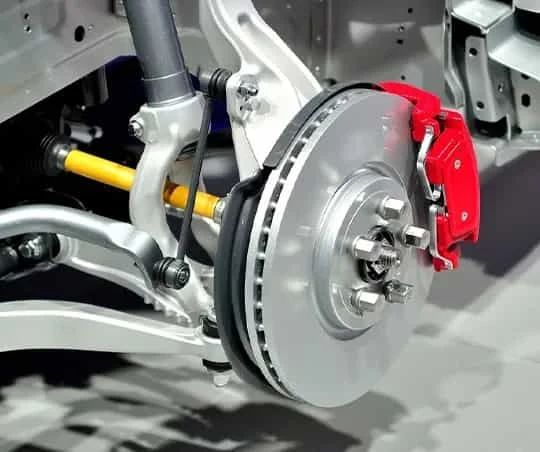
-
 Afrikaans
Afrikaans -
 Albanian
Albanian -
 Amharic
Amharic -
 Arabic
Arabic -
 Armenian
Armenian -
 Azerbaijani
Azerbaijani -
 Basque
Basque -
 Belarusian
Belarusian -
 Bengali
Bengali -
 Bosnian
Bosnian -
 Bulgarian
Bulgarian -
 Catalan
Catalan -
 Cebuano
Cebuano -
 Corsican
Corsican -
 Croatian
Croatian -
 Czech
Czech -
 Danish
Danish -
 Dutch
Dutch -
 English
English -
 Esperanto
Esperanto -
 Estonian
Estonian -
 Finnish
Finnish -
 French
French -
 Frisian
Frisian -
 Galician
Galician -
 Georgian
Georgian -
 German
German -
 Greek
Greek -
 Gujarati
Gujarati -
 Haitian Creole
Haitian Creole -
 hausa
hausa -
 hawaiian
hawaiian -
 Hebrew
Hebrew -
 Hindi
Hindi -
 Miao
Miao -
 Hungarian
Hungarian -
 Icelandic
Icelandic -
 igbo
igbo -
 Indonesian
Indonesian -
 irish
irish -
 Italian
Italian -
 Japanese
Japanese -
 Javanese
Javanese -
 Kannada
Kannada -
 kazakh
kazakh -
 Khmer
Khmer -
 Rwandese
Rwandese -
 Korean
Korean -
 Kurdish
Kurdish -
 Kyrgyz
Kyrgyz -
 Lao
Lao -
 Latin
Latin -
 Latvian
Latvian -
 Lithuanian
Lithuanian -
 Luxembourgish
Luxembourgish -
 Macedonian
Macedonian -
 Malgashi
Malgashi -
 Malay
Malay -
 Malayalam
Malayalam -
 Maltese
Maltese -
 Maori
Maori -
 Marathi
Marathi -
 Mongolian
Mongolian -
 Myanmar
Myanmar -
 Nepali
Nepali -
 Norwegian
Norwegian -
 Norwegian
Norwegian -
 Occitan
Occitan -
 Pashto
Pashto -
 Persian
Persian -
 Polish
Polish -
 Portuguese
Portuguese -
 Punjabi
Punjabi -
 Romanian
Romanian -
 Russian
Russian -
 Samoan
Samoan -
 Scottish Gaelic
Scottish Gaelic -
 Serbian
Serbian -
 Sesotho
Sesotho -
 Shona
Shona -
 Sindhi
Sindhi -
 Sinhala
Sinhala -
 Slovak
Slovak -
 Slovenian
Slovenian -
 Somali
Somali -
 Spanish
Spanish -
 Sundanese
Sundanese -
 Swahili
Swahili -
 Swedish
Swedish -
 Tagalog
Tagalog -
 Tajik
Tajik -
 Tamil
Tamil -
 Tatar
Tatar -
 Telugu
Telugu -
 Thai
Thai -
 Turkish
Turkish -
 Turkmen
Turkmen -
 Ukrainian
Ukrainian -
 Urdu
Urdu -
 Uighur
Uighur -
 Uzbek
Uzbek -
 Vietnamese
Vietnamese -
 Welsh
Welsh -
 Bantu
Bantu -
 Yiddish
Yiddish -
 Yoruba
Yoruba -
 Zulu
Zulu
Exploring Innovations in Automotive Control Arm Technology for Enhanced Performance
The Role and Importance of the Control Arm in Automotive Engineering
In the realm of automotive engineering, the control arm is a critical component of a vehicle's suspension system. It plays a vital role in ensuring the vehicle's stability, steering precision, and overall ride comfort. This article explores the significance of the control arm, its design variations, and the implications for vehicle performance and safety.
The control arm, often referred to as an A-arm or wishbone, is a hinged suspension link that connects the vehicle's chassis to its wheels. It functions primarily by allowing the wheels to move vertically while maintaining proper alignment with the body of the vehicle. This movement is crucial for absorbing road irregularities, which in turn enhances ride quality and provides stability during cornering and braking.
The Role and Importance of the Control Arm in Automotive Engineering
Material selection for control arms is critical, as it affects not only the weight but also the strength and durability of the component. Traditionally, control arms were crafted from stamped steel, offering a good balance of strength and cost-effectiveness. However, advances in automotive technology have led manufacturers to explore other materials such as aluminum and composite materials. These alternatives are lighter and can enhance performance by reducing unsprung weight, ultimately improving handling and fuel efficiency.
auto control arm

Furthermore, the design and performance of control arms can significantly influence a vehicle’s suspension geometry, which includes crucial parameters such as camber, caster, and toe angles. Improper suspension geometry can lead to uneven tire wear, reduced traction, and diminished handling capabilities. For performance vehicles, where precision handling is paramount, control arms may be designed with adjustable settings to allow enthusiasts to fine-tune their vehicle's suspension for track or road use.
Moreover, the control arm is subject to wear and tear from constant usage and exposure to road conditions. Components such as bushings and ball joints also connected to the control arm are crucial for maintaining the desired movement and stability of the suspension system. Regular maintenance and inspection of control arms and associated components are essential for ensuring vehicle safety and performance.
In modern automotive design, the control arm's role extends beyond mere mechanical function. There is a growing emphasis on integrating control arms with advanced technologies, such as active suspension systems. These systems use sensors and actuators to alter the control arms' dynamics in real time, optimizing ride quality and handling based on driving conditions.
In conclusion, the control arm is an integral part of a vehicle's suspension system, influencing not only ride comfort and handling but also safety and performance. As automotive technology evolves, the design and materials used in control arms continue to advance, leading to improved vehicle dynamics and driver experience. Understanding the significance of this component highlights the intricacies of automotive engineering and the importance of regular maintenance to ensure optimal performance on the road.







